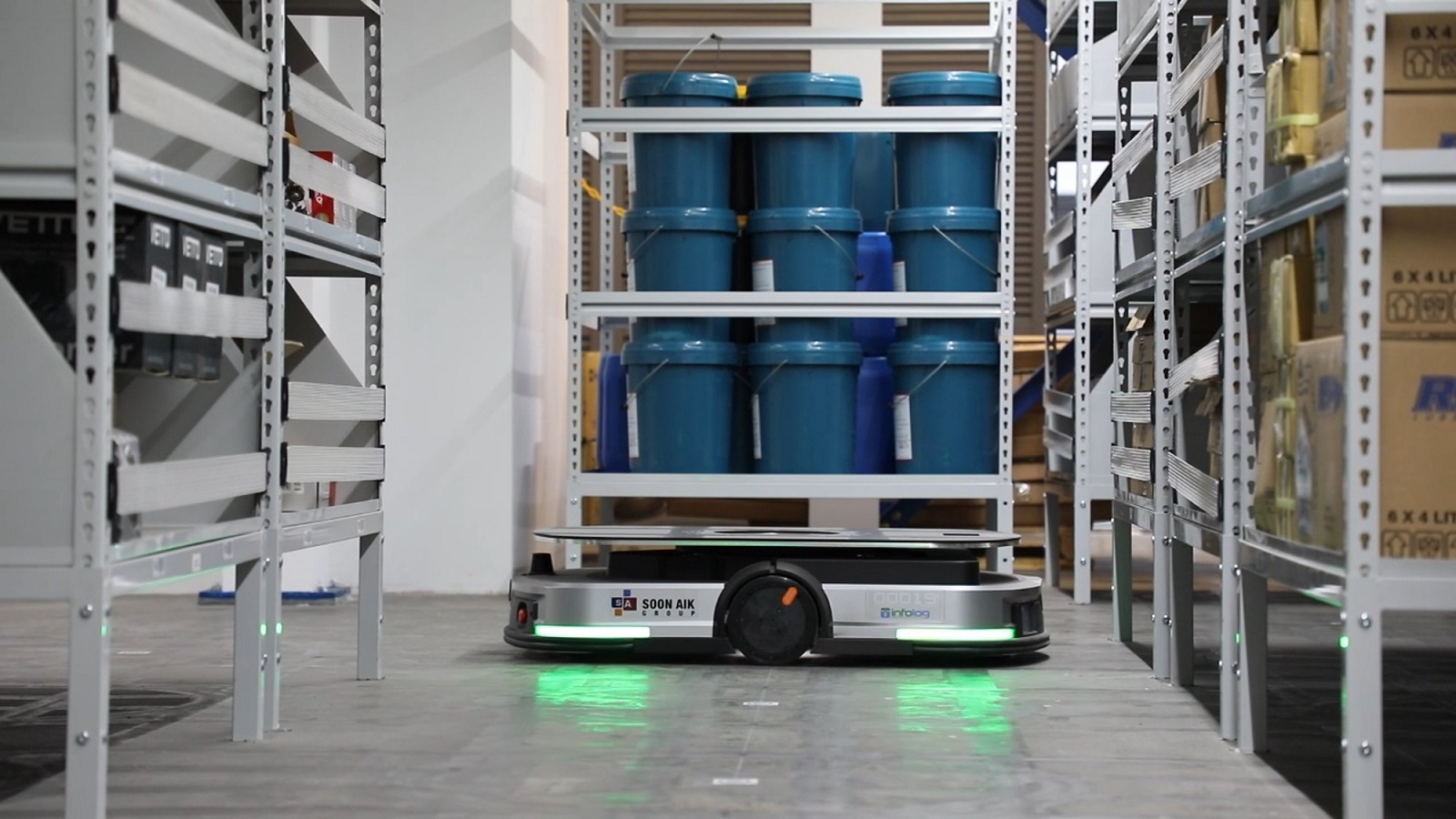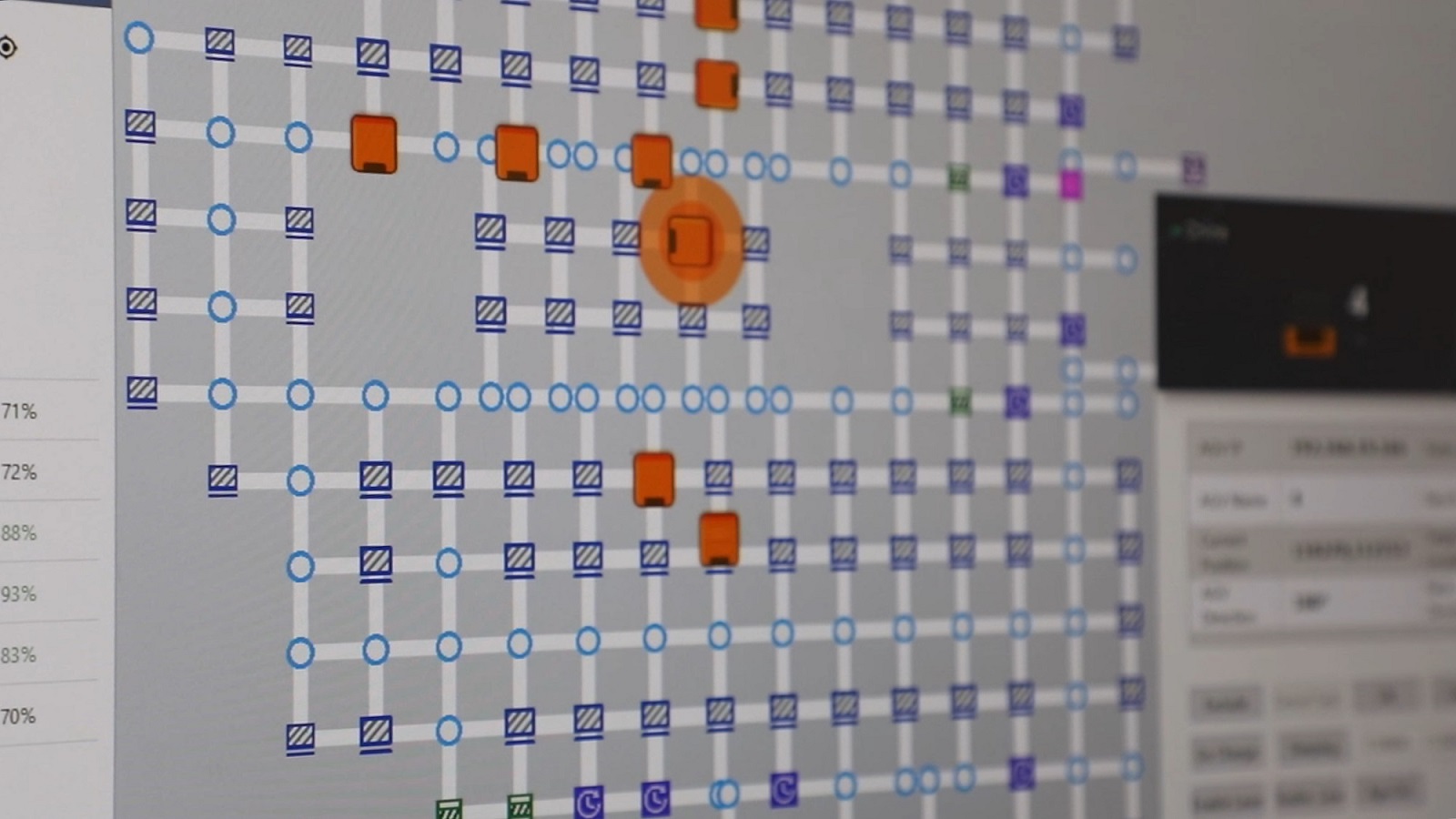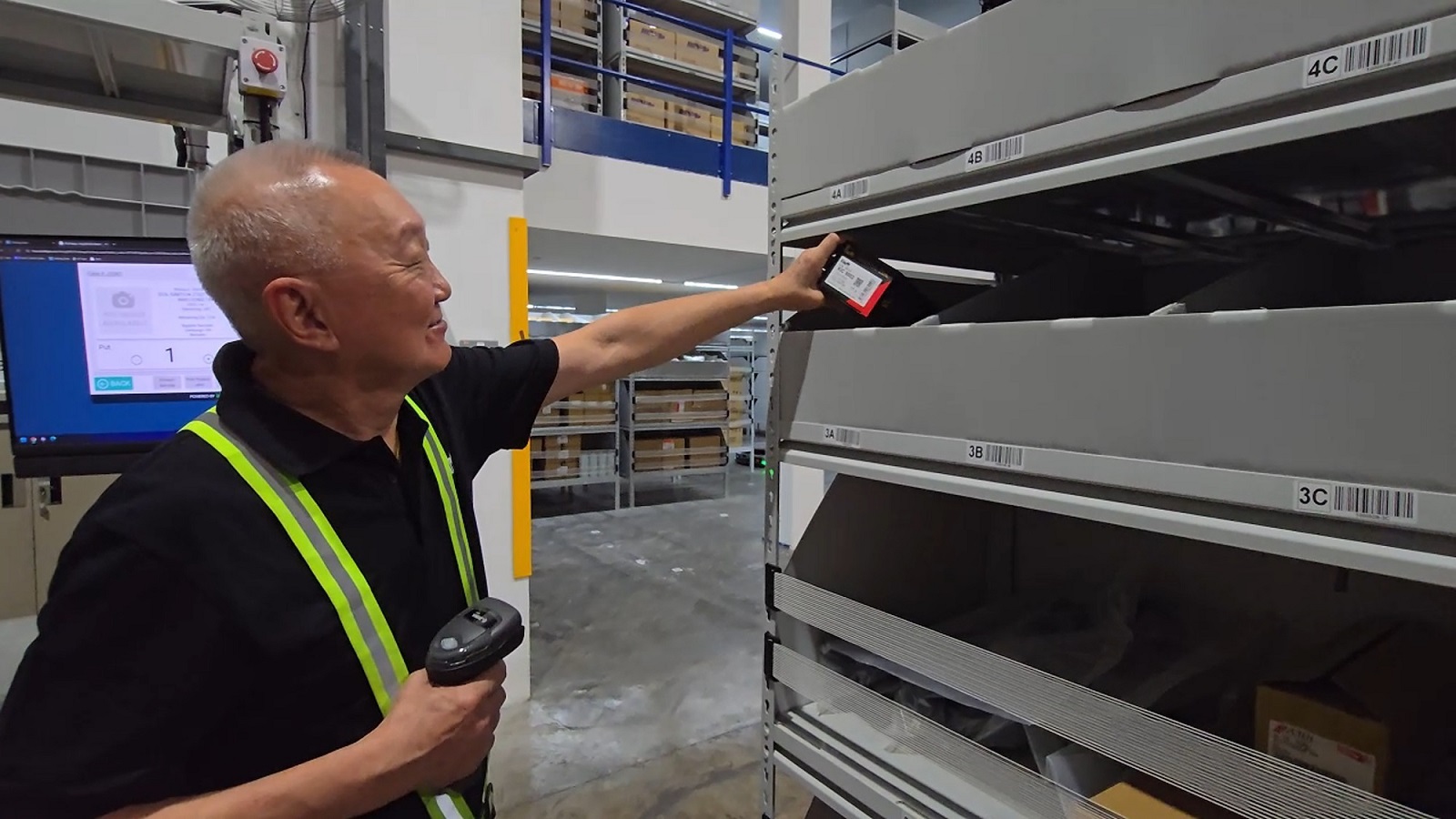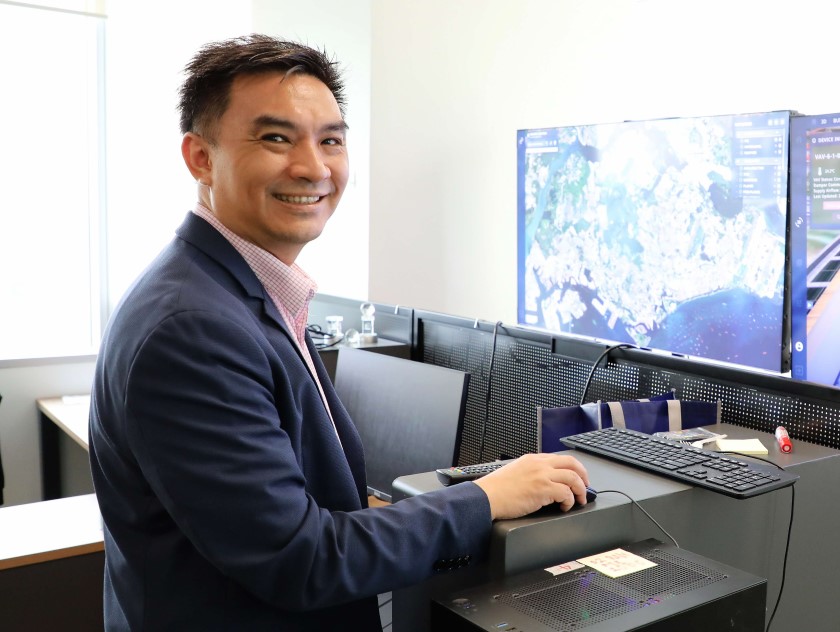Filtec, a subsidiary of Soon Aik Group, is transforming its operations through robotics and digital technologies. The company specialises in supplying a wide range of products including filtration systems, lubricants, batteries, and heavy-duty diesel engine spare parts to various sectors such as marine, power generation, and transportation trucking. Leveraging its relocation to Defu Industrial City, Filtec seized the opportunity to turn its vision of a tech-empowered, efficient operation into reality.
The catalyst for change: COVID-19 and the digitalisation push
"Pre-COVID-19, there was already a push for digitalisation. During the pandemic, our digitalisation effort accelerated," recalls Jimmy Neo, CEO of Soon Aik Group.
Its efforts were bolstered by support from various government agencies. For example, Enterprise Singapore facilitated leadership training through the Enterprise Leadership for Transformation programme at Singapore Management University (SMU), while the Infocomm Media Development Authority (IMDA) conducted design thinking workshops with Filtec’s team to identify business challenges.
Through the Singapore Business Federation’s Industry 4.0 Human Capital Initiative, in collaboration with consultants from McKinsey and EY Singapore, Filtec successfully identified its key operational bottleneck: the pick-and-pack process. "This was recognised as an area for improvement to enhance workflow, increase throughput, and enable scalability," Jimmy Neo explains. With a significant volume of order replenishments and deliveries to deal with daily, plus an export business to overseas subsidiaries and customers, the repetitive nature of such tasks was labour-intensive and prone to error.
Implementing Robotics for Enhanced Efficiency
To tackle the labour-intensive and error-prone nature of order fulfilment, Filtec turned to robotics automation. Working with Republic Polytechnic's Centre of Innovation for Supply Chain Management, the company implemented a warehouse management system (WMS) integrated with autonomous mobile robots (AMR) goods-to-person picking system at its DIC facility.
The process was not without its challenges. “We have around 6,000 stock-keeping units (SKUs) from across the many divisions at Soon Aik, so we had to spend time to gather all the data for the system to work. We also had to design the racks, determine how many SKUs can fit inside each rack, and think about the paths for the AMRs to travel on,” recalls Aaron Vun, a logistics executive at Filtec who was closely involved in the project.
The approach has improved efficiency. "With the robots, they are able to move about 200 pieces per hour per workstation. And at this rate, what can be done at the usual eight-hour work shift can now be done in two-and-a-half hours," shares Jamie Neo, communications and marketing manager at Filtec.

Bridging the gap
As a third-generation family member in the business, Jamie Neo was also tasked with communicating the upcoming changes to Filtec’s workforce and integrating them into the current processes, while ensuring that the new technologies it adopted would be beneficial to them. “We had to understand the challenges our staff faced during their daily operational work and know the conditions they worked in. We then worked towards making the improvements,” she adds. Apart from organising regular employee meetings to gather feedback, Jamie and her team also contacted their external vendors to gain valuable insights.
“Digitising is not just about shifting from paper to computer,” Jamie Neo says. The company invested heavily in training and empowerment programmes so that all employees, regardless of age, could effectively use the new digital tools, demonstrating Filtec's commitment to its long-standing employees.
Furthermore, with the AMRs and digital tools enhancing its operations, Filtec can raise the bar for its service offerings. Esther Tan, who works in the sales and marketing department, notes: “These high-tech solutions allow our teams to make fewer errors, improving our service standards. This also benefits our clients and stakeholders.”

Attracting talent, reskilling workers, and preserving legacy
Ultimately, Filtec's investment in robotics and digitalisation serves several key purposes. Firstly, by creating a work environment powered by technology, it aims to attract and appeal to young, digital-savvy talents who expect greater digital integration in their workplaces. Reskilling programmes at Filtec ensure that valuable institutional knowledge is preserved and enhanced, resulting in a workforce where traditional skills and digital competencies are equally valued.

At the same time, Filtec’s transformation efforts have allowed it to honour tradition in an evolving world. The company maintains its commitment to long-serving employees, some of whom have been with the company for over 30 years. "For us to say that ‘Hey, you're too old, and I don't think that you can contribute to the business at your age’ is not a message that we want to give, and it's not in our tradition,” Jamie Neo adds.
Looking to the future
For Filtec, the implementation of robotics in warehousing operations is just the beginning. The team is also looking at ways to further consolidate data across all the systems from Soon Aik’s network of companies into a single source of truth, building an e-commerce platform, as well as augment its delivery mechanics via last-mile delivery solutions.
As Filtec continues to refine its digital transformation, the company remains focused on aligning its technological capabilities with its human resources. The company's journey serves as a testament to the power of embracing technology while valuing human capital.
WATCH: See how Filtec has embraced robotics and digitals tools to transform their operations at Defu Industrial City


